A recent social media post by Ripudaman, a 22-year-old civil engineer, has raised significant concerns about the construction quality of high-priced residential complexes in Newtown, Kolkata. Ripudaman's tweet about water leakage in his Rs 1.5 crore apartment on the fifth floor of a high-rise building has gone viral, sparking widespread criticism and highlighting the issue of construction quality.
The Tweet That Started It All
Ripudaman's frustration was evident in his post on X: "My 1.5CR apartment on the 5th floor is leaking water. These expensive buildings feel like a scam! As a civil engineer, I can't believe this." His tweet resonated with many, drawing numerous comments from residents and homeowners sharing similar experiences.
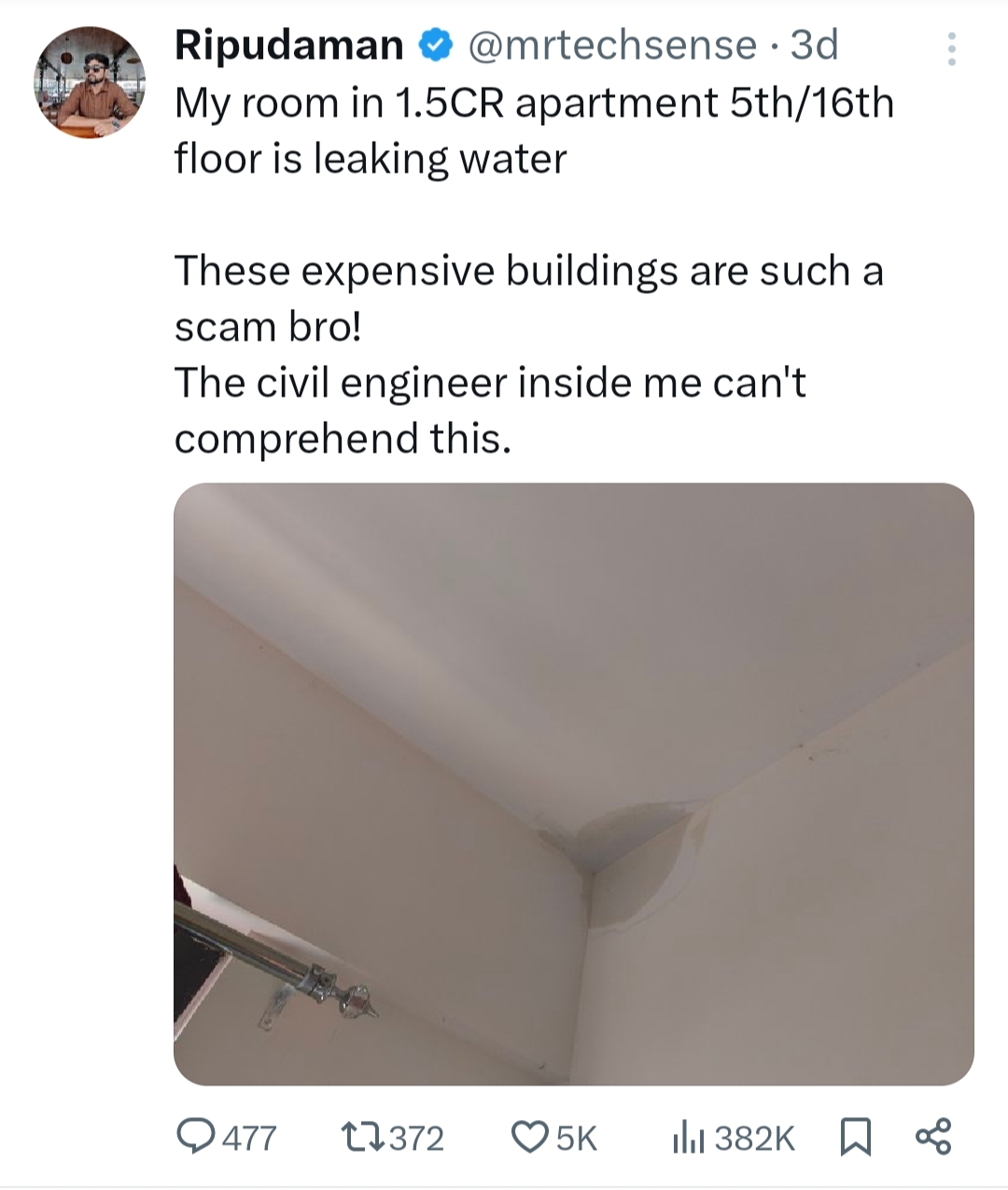
Growing Concerns Over Construction Quality
The high-rise in question is a 16-storey building located in Newtown, an IT hub in Kolkata known for its numerous highrises and apartment complexes. Ripudaman's apartment on the fifth floor is particularly susceptible to potential water leakage from floors above. The post has amplified concerns about the construction quality in this area.
Community Response and Shared Experiences
Ripudaman's tweet quickly gained traction, with many users sharing their own stories of water leakage in high-rise buildings. One user commented, "Might be a leakage in the floor above you. Happened with us. Upper floor had a leakage in the pipe and this started happening. If not fixed, drops will start falling slowly. Best is to have a standalone house." Another user added, "Unfortunately, this is what is happening in most of the places. The material they use is not of premium quality though they charge a premium for the apartments."
The Broader Impact on the Real Estate Market
The criticism and shared experiences underscore broader concerns about construction quality in the real estate market. As more residents voice their dissatisfaction, it could potentially impact the reputation and sales of high-rise buildings in Newtown and similar areas. Real estate developers must take these concerns seriously and implement measures to improve construction quality.
This is not a new phenomenon. But what's the solution?
According to SPML Infra Ltd report, in the U.K, the average household's leaks can account for nearly 45,500 litres of water wasted every year and 10 percent of homes have leaks that waste 400 litres or more per day. India is not behind in this scenario and household leaks in the country approximately waste nearly 3.4 trillion litres of water annually.
Why is Leakage Frequent In High-Rise buildings?
Leakage in high-rise buildings is often due to technical design challenges. The complexity of plumbing and drainage systems, with extensive networks of pipes spanning multiple floors, introduces numerous joints and connections that require precise engineering to avoid leaks. High-rise buildings also demand designs that can handle significant water pressure, necessitating robust solutions for sealing and waterproofing.
The design of the building envelope, encompassing the façade, roof, and window systems, is another critical factor. High-rise structures must withstand extreme weather conditions, wind pressures, and thermal movements, which can induce stress on materials and joints. Effective design must account for these factors, utilizing high-quality materials and meticulous construction practices to ensure the building remains watertight over time.
Causes of Water Leakage in High- Rise Buildings?
Height and Pressure Variations: The increased height of high-rise buildings creates significant pressure differences within the plumbing system. These pressure variations can strain joints and connections, leading to potential leaks.
Complex Plumbing Systems: Tall buildings have intricate plumbing networks designed to service multiple floors. This complexity results in more potential points of failure, including joints, connections, and valves, which can be sources of leaks if not properly managed.
Construction Joints and Seals: High-rise structures often feature numerous expansion joints and construction seams. These joints are vulnerable to leaks if they are not correctly sealed and maintained over time.
Thermal Expansion and Contraction: Temperature fluctuations cause materials in high-rise buildings to expand and contract. This thermal movement can place stress on plumbing components, increasing the risk of leaks over time.
Water Pressure Management: Maintaining consistent water pressure across all floors in a high-rise can be challenging. Improperly managed pressure can lead to leaks or damage within the plumbing system.
Wear and Tear: The extensive use of plumbing infrastructure in high-rise buildings can result in wear and tear, which increases the likelihood of leaks developing over time.
Maintenance Challenges: Regular maintenance is essential but can be difficult in high-rise buildings due to the complexity and height of the structure, making it harder to access and inspect plumbing systems effectively.
Waterproofing Failures: High-rise buildings use extensive waterproofing systems to prevent water ingress. Failures in these systems, such as membrane damage or improper installation, can lead to leaks if not addressed promptly.
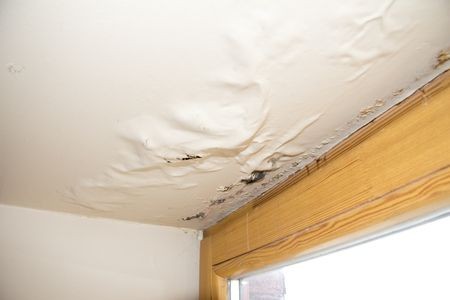
Sources of Water Leakage in High- Rise buildings
Water leakage in high-rise buildings can originate from various sources, each contributing to the complexity of identifying and addressing the issue. Here are the primary sources of water leakage:
Roofs and Roof Decks- Roofs and roof decks are common sources of water leakage, especially if the waterproofing membrane has been compromised. Poor installation, aging, and physical damage can create vulnerabilities that allow water to seep through. Inadequate drainage systems can also lead to water pooling, which increases the risk of leaks.
Windows and Doors- Windows and doors are frequent entry points for water if they are not properly sealed and flashed. Poor installation, deteriorated weatherstripping, and gaps around frames can permit water ingress. Wind-driven rain can exacerbate these issues, especially in high-rise buildings where wind pressures are significant.
Facades and Exterior Walls- Water can penetrate facades and exterior walls through cracks, porous materials, and improperly sealed joints. Cladding systems that are not correctly installed or maintained can also contribute to leakage.
Balconies and Terraces- Balconies and terraces are prone to water leakage due to their exposure to the elements. Inadequate waterproofing, poor drainage, and cracks in the flooring can allow water to seep into the building.
Plumbing Systems- Internal plumbing systems, including pipes, fixtures, and connections, can be sources of water leakage. Burst pipes, leaks from plumbing fixtures, and faulty connections can lead to significant water damage.
HVAC Systems- Heating, ventilation, and air conditioning (HVAC) systems can contribute to water leakage if they are not properly installed or maintained. Condensation from HVAC units, blocked drain lines, and leaks in the system can cause water to infiltrate the building.
Foundation and Basement- Water can enter a building through the foundation and basement, especially if there are cracks or inadequate waterproofing. Groundwater seepage, poor drainage around the building, and hydrostatic pressure can force water into the basement.
Roof Drains and Gutters- Roof drains and gutters are essential for directing water away from the building. Blockages, improper installation, or damage to these systems can lead to water overflow and leakage.
Expansion Joints- Expansion joints, which accommodate the movement of building materials due to temperature changes and structural shifts, can be sources of water leakage if not properly sealed. Deterioration or improper installation of expansion joint seals can allow water to enter the building.
Electrical and Mechanical Penetrations- Electrical and mechanical penetrations, such as conduits, pipes, and ducts that pass through the building envelope, can be sources of water leakage if not properly sealed.
How can Water Leakage in High- Rise Buildings Can Be Addressed By Developers and Builders?
For real estate developers and developers, preventing water leakage issues involves both proactive planning and implementation during the development process:
1. Design Integration: Work closely with architects and engineers to incorporate waterproofing solutions from the initial design stage. This includes specifying materials and construction methods that are resistant to water damage.
2. Construction Quality Control: Implement strict quality control measures during construction to ensure that waterproofing systems are installed correctly and that materials meet required standards.
3. Contractor Training: Ensure that all contractors and subcontractors are trained in proper waterproofing techniques and understand the importance of preventing water ingress.
4. Site Preparation: Properly prepare the construction site by ensuring effective grading and drainage to divert water away from the building.
5. Regular Inspections: Conduct regular inspections throughout the construction process to identify and address potential water issues early. This includes checking for proper installation of waterproofing membranes and drainage systems.
6. Long-Term Maintenance Plans: Develop and offer long-term maintenance plans for buyers that include regular inspections and upkeep of waterproofing systems, which can help prevent future issues.
It is crucial for builders and developers to prioritize the use of high-quality materials and employ skilled labor for construction projects. Regular maintenance and timely repairs are also essential to prevent and mitigate water leakage problems. Additionally, homeowners should be proactive in reporting any signs of water leakage to their building management and seek professional assistance to identify and resolve the root cause of the issue.
The Role of Social Media in Raising Construction Problems
Social media platforms play a pivotal role in raising awareness and addressing concerns about construction issues. Ripudaman's post on X illustrates how these platforms can amplify individual voices, bringing significant issues to the forefront. Social media enables users to share their experiences with a broad audience, creating visibility and sparking wider discussions that might not occur in traditional media. It also facilitates the formation of online communities where individuals facing similar problems can connect and support one another, increasing the collective impact of their concerns. Furthermore, public criticism on social media holds developers and builders accountable by pressuring them to address issues and improve their practices. This transparency can lead to industry-wide changes, influencing policy and setting higher standards for construction quality. Overall, social media serves as a powerful tool for driving awareness, accountability, and positive change in the real estate industry.
Conclusion
Ripudaman's social media post has shone a spotlight on the pressing issue of water leakage in high-priced residential complexes in Newtown, Kolkata. The community's response and shared experiences have highlighted the need for better construction practices, high-quality materials, and regular maintenance to address these problems. As the real estate market continues to grow, it is imperative for developers to prioritize quality and transparency to ensure the long-term satisfaction and safety of homeowners.

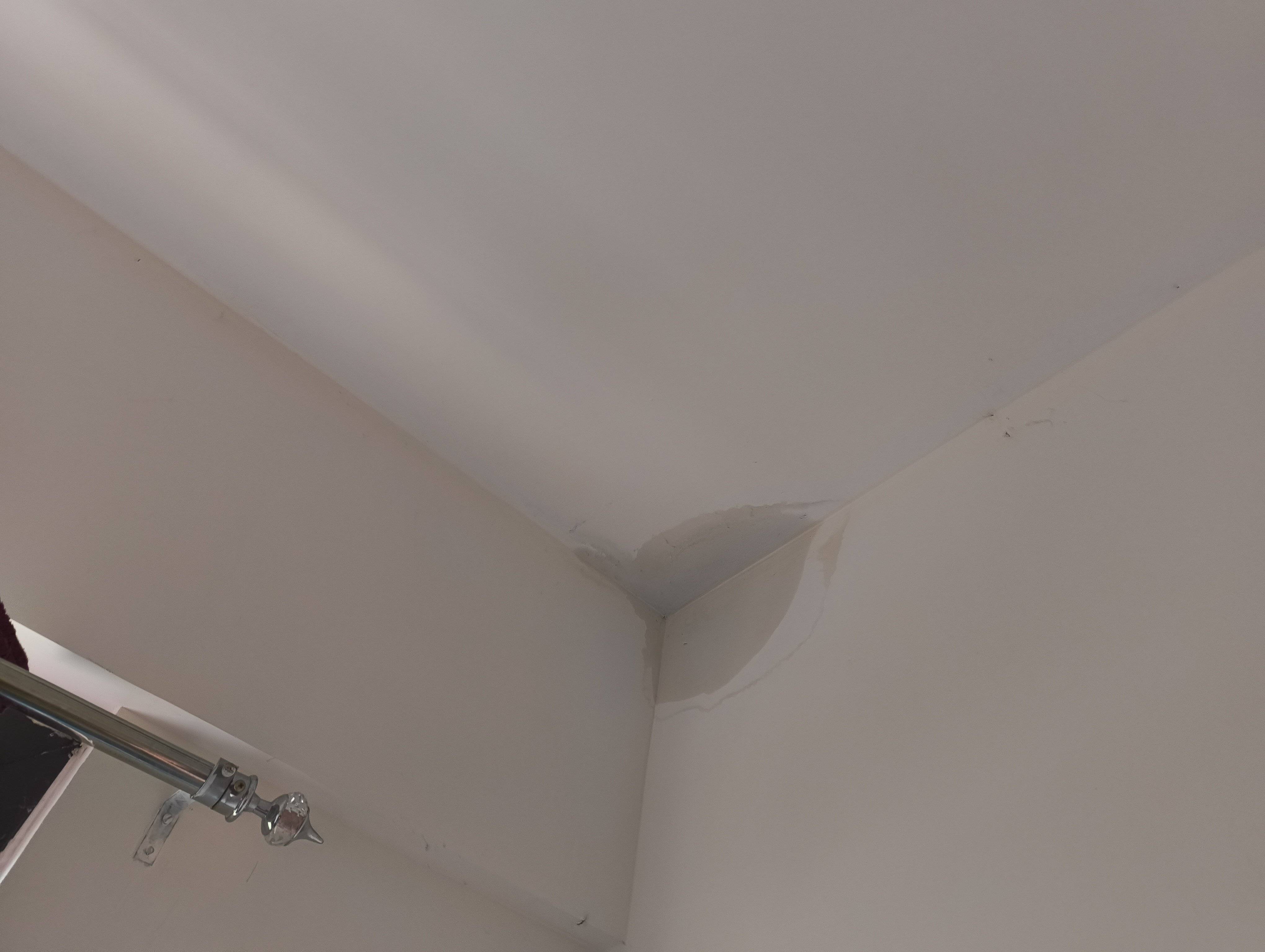
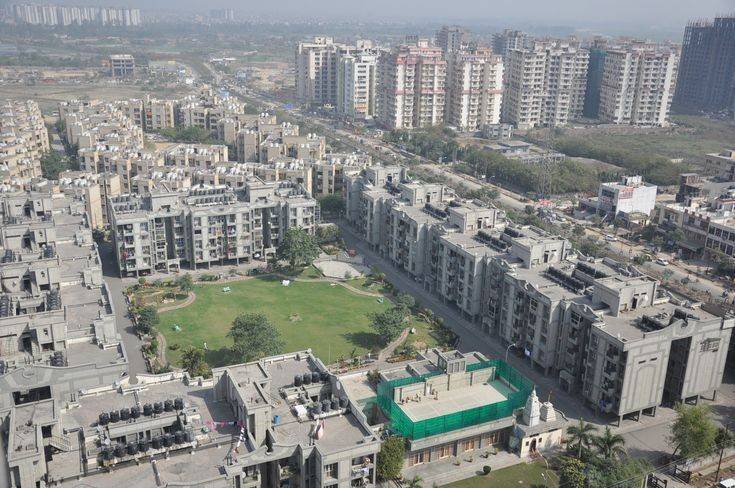
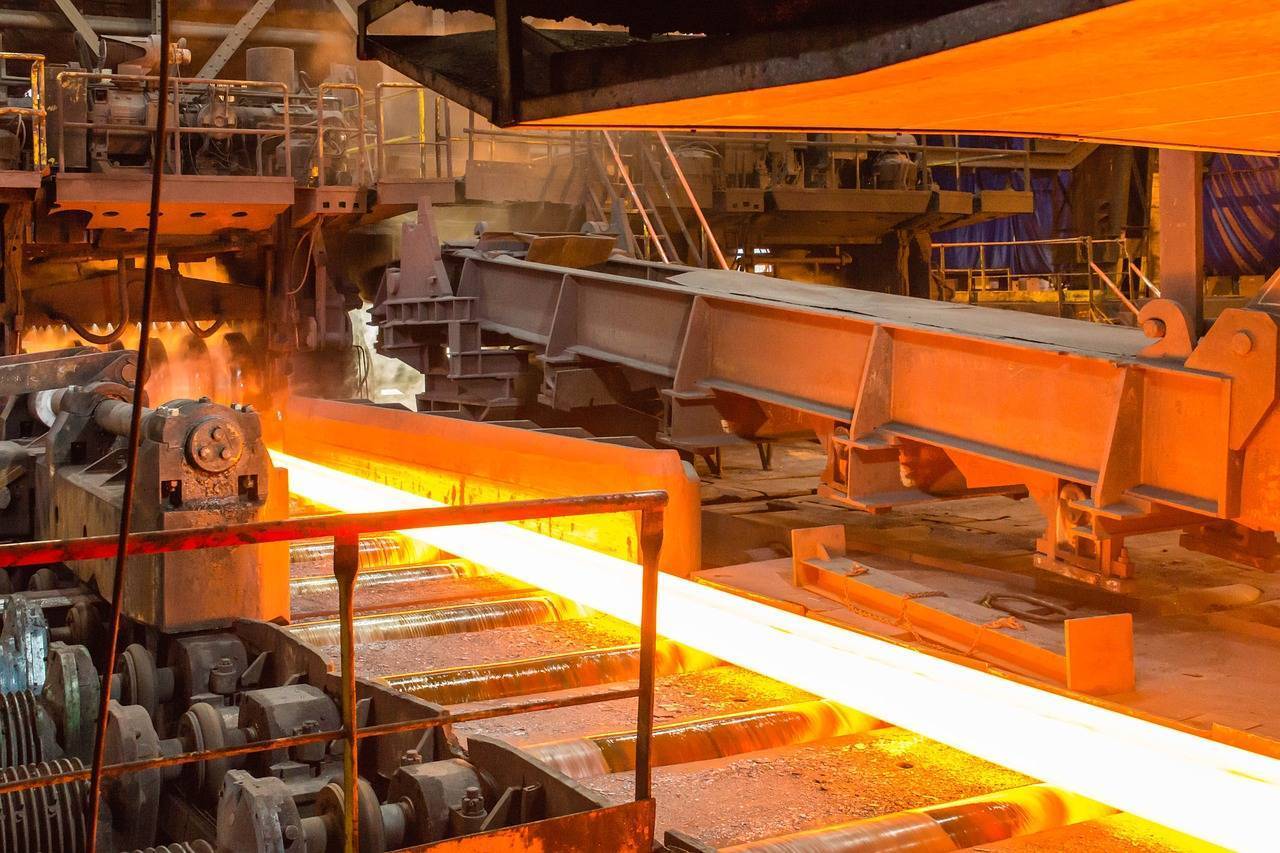
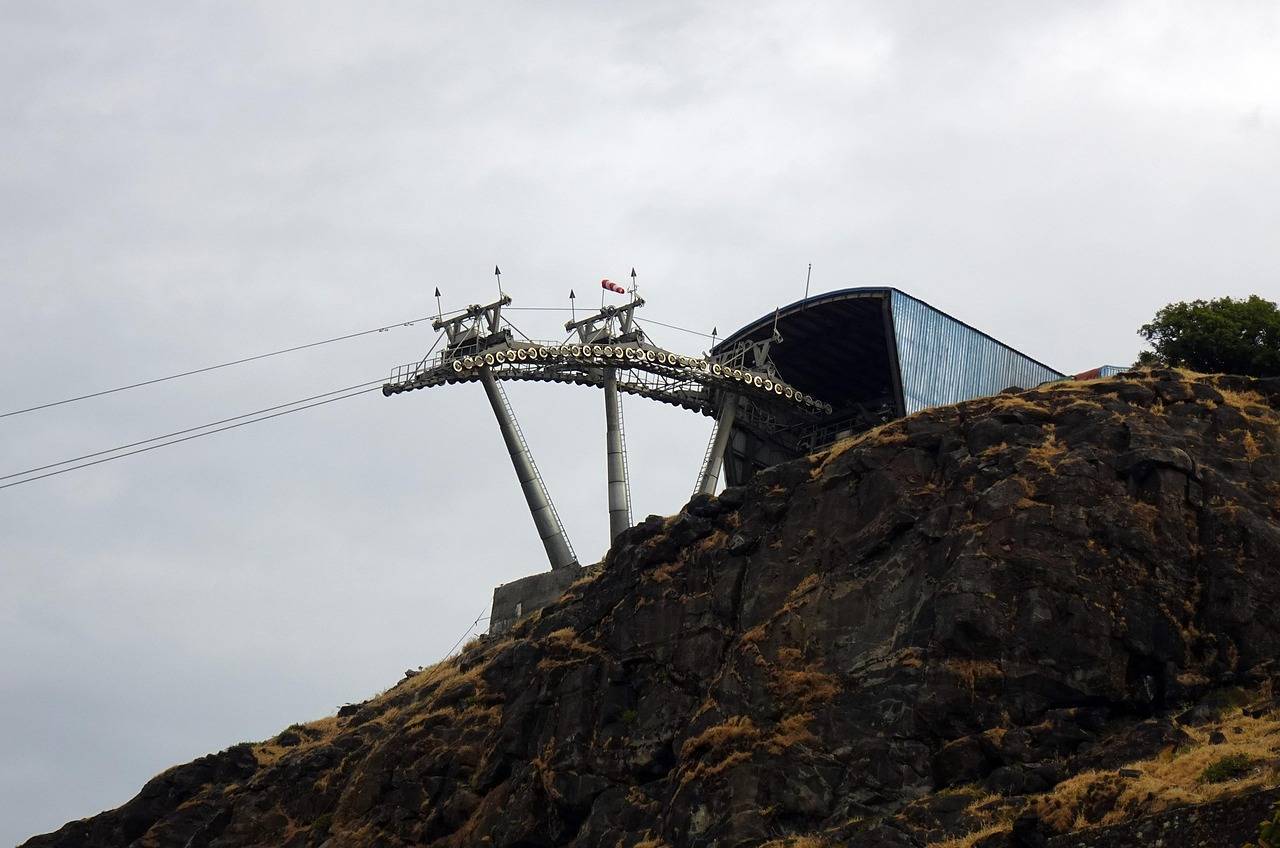
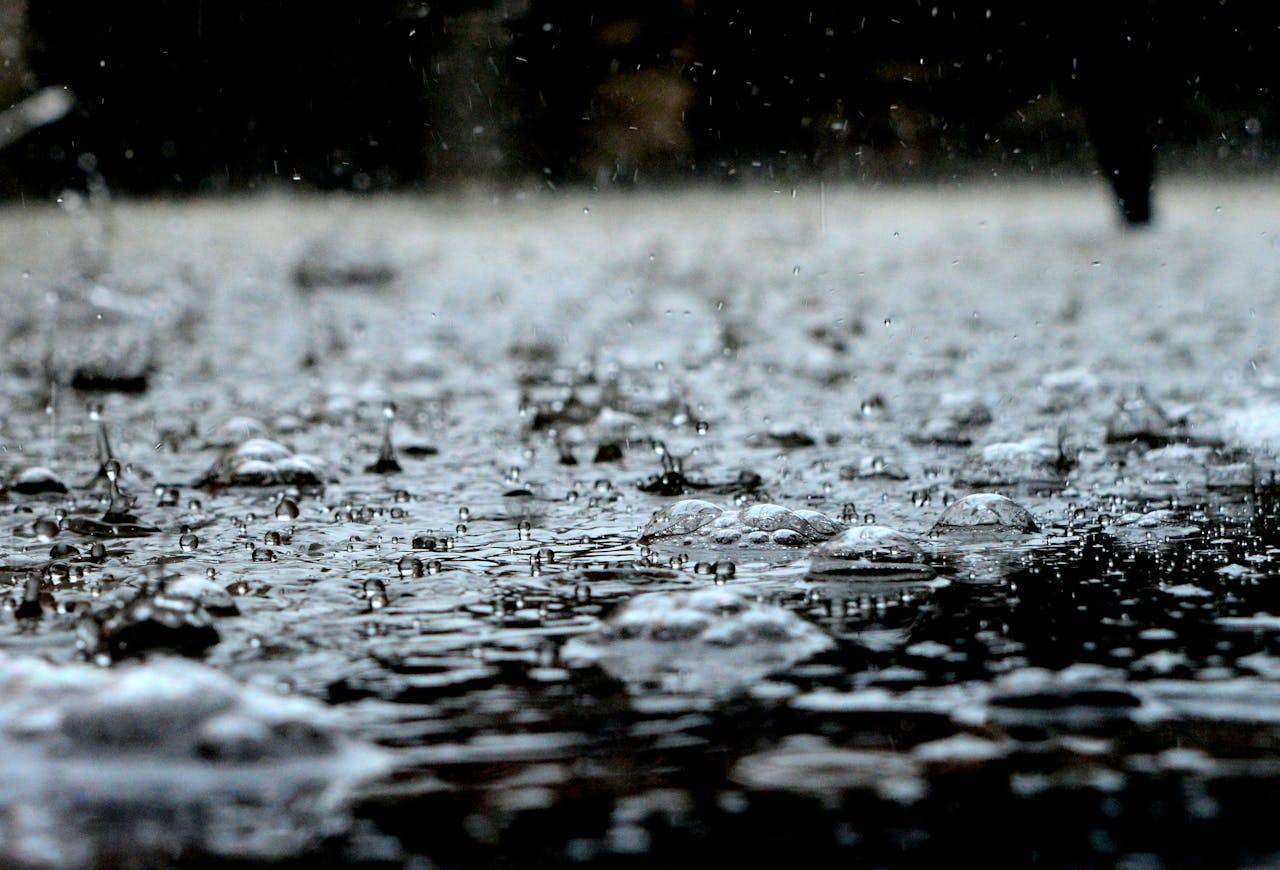

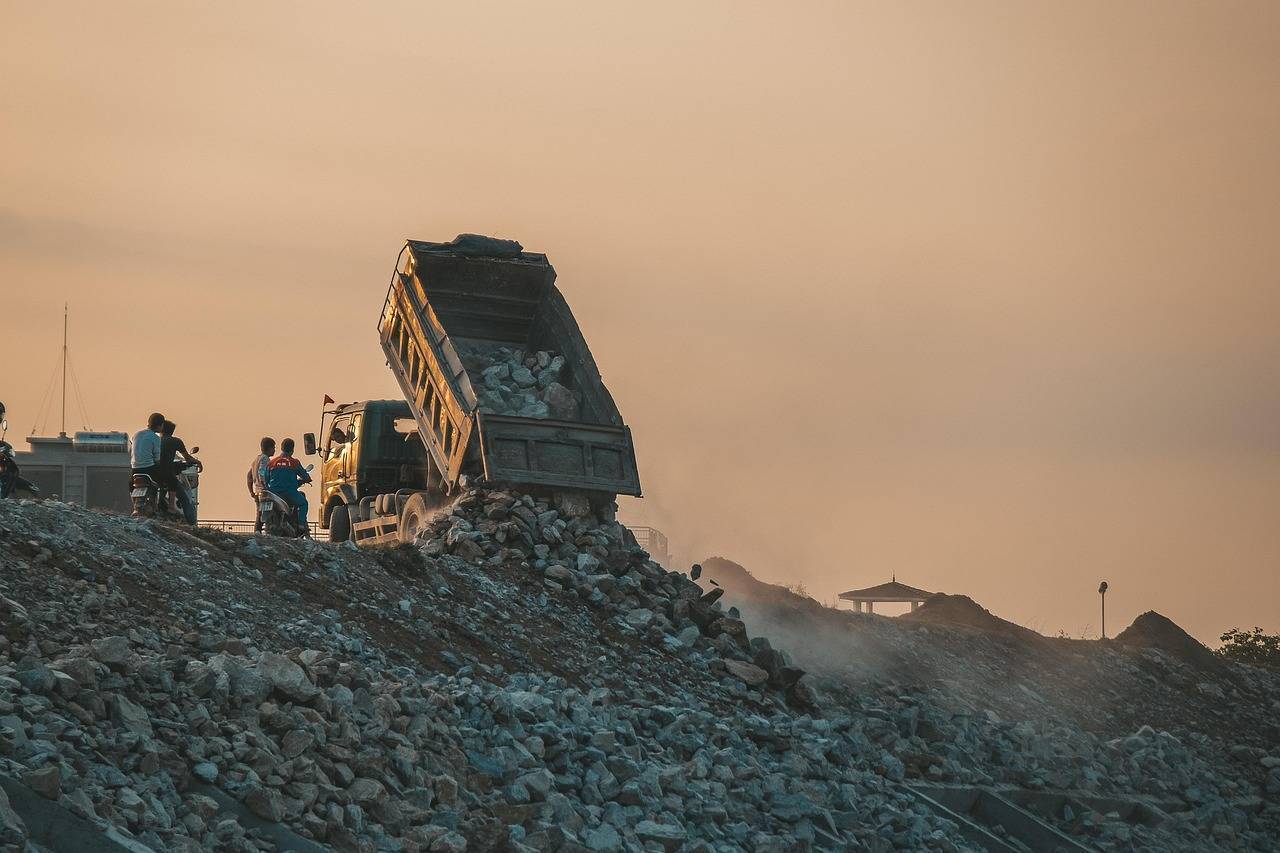
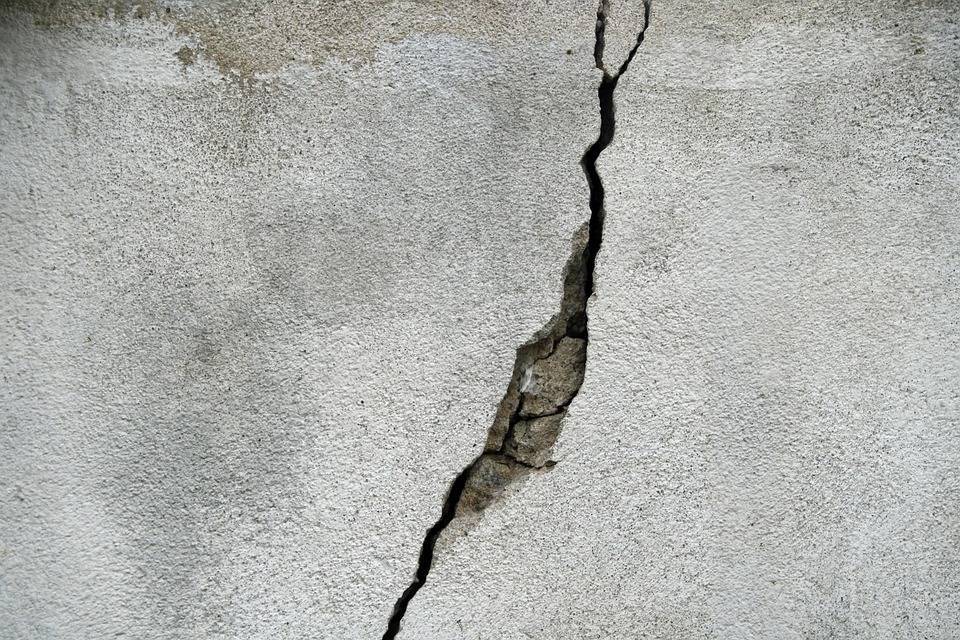
.png)